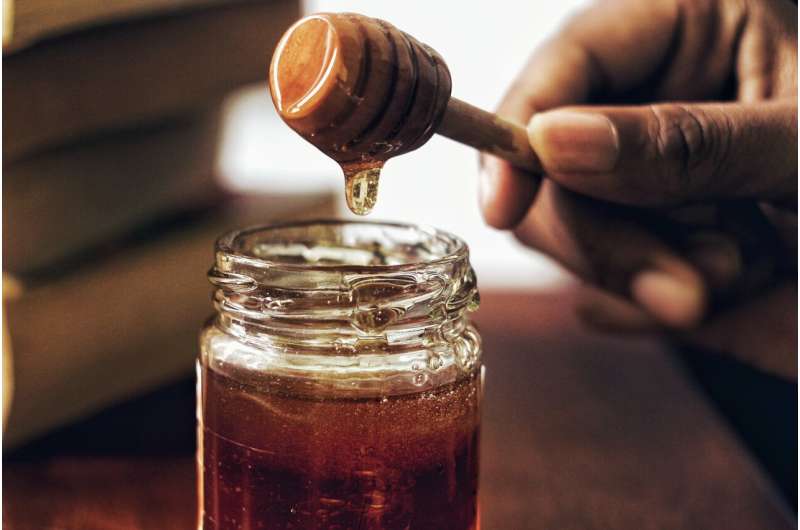Are you actually getting the fish you paid for? How authentic is the honey on your breakfast table? The rise of fraudulent practices in the agri-food chain is a growing concern for both consumers and producers. In a new report, the European Commission’s Joint Research Center (JRC) proposes to enhance the integrity of the EU food system, by integrating cutting-edge traceability technologies, digital innovations, and authenticity systems into existing safety standards. This initiative promises to benefit European citizens by ensuring the food they consume is safe, authentic, and of high quality. A substantial volume of food chain data is already accessible at European and international levels, enabling a shift towards a digital, risk-based approach to safeguarding the food system. However, these data sources are dispersed across various food business operators, competent authorities in Member States and Commission services, and unfortunately are not always interoperable. To protect European food system(s), we need to apply a more holistic approach and address suspicions and problems with advanced digital tools. The Commission’s Directorate-General for Health and Food Safety launched a new innovative approach that uses artificial intelligence and machine learning to analyze vast amounts of data. These developments will help detect irregularities that could point to fraud, integrate information related to agri-food fraud, generating early warning signals of potential fraud and assist in managing suspicious cases. They include machine-learning models using past food fraud cases from the EU Food Fraud Network to explore predictive analytics for spotting potential fraud. The results will increase EU Member States interest to report all the agri-food fraud cases detected using the Rapid Alert System for Food and Feed platform. The report also recommends the creation of: The Farm to Fork Strategy has recognized the necessity of intensifying efforts to combat fraudulent practices within the agri-food chain while simultaneously enhancing traceability and alert systems to improve coordination in addressing food fraud. The Council Conclusions underline that successful action to tackle food fraud should be based on rapid and effective exchanges of relevant information, appropriate reporting and close collaboration between authorities within Member States as well as between Member States and the Commission. More information provided by European Commission, Joint Research Centre (JRC)

Excelling in Food Authenticity Standaerds
Preventing food fraud remains a challenge, however new digital technologies are being used to integrate real-time traceability data and compliance outcomes with the pre-existing nature of food safety standards at JRC. With the help of artificial intelligence and machine learning they have set out to analyze massive amounts of data to find suspicious activity that might be a sign of fraudulent transactions. It is essential to guarantee food safety and authenticity for every European consumer; Leveraging the use of cutting-edge digital tools in discovering, tracing and acting upon any illicit manoeuvres along the entire agri-food chain.
Digital Innovations
The protection of the European food system requires an increasing reliance on digital innovations which help to uphold greater levels of food integrity. Through the use of advanced technologies (e.g., artificial intelligence and machine learning), a holistic view can be taken and authorities may remain vigilant against fraudulent behaviours along the agri-food chain. The new traceability elements, along with the alert systems will better coordinate action between Member States and the Commission — all in a bid to strike more efficient measures against food fraud. The new heightened use of data analysis tools helps to identify more quickly possible cases of fraud and continue keeping the EU food system sound.
Future of EU Food Safety
By recognizing the utility of innovative technologies to secure food products, The European Commission has taken a considerable stride in maintaining and guaranteeing the safety and authenticity of edible items within the EU. This is how authorities can act on fraud and protect consumers from dangers initiated by advanced digital tools and data analysis techniques. Here is where artificial intelligence and machine learning really make their mark when it comes to food fraud detection in the food industry, let me tell you something about integration of them with the food sector. As technology continues to improve, the future of EU food safety appears to be bright, with strong procedures implemented in order to preserve the visibility and security within the food supply chain.
